Click to Skip Ahead
Of course, accidents happen, so you can’t fault your kitty for the occasional mess. But you will want to make sure that you are prepared to clean it up as soon as possible since this is the easiest time to prevent any staining or odors. Unfortunately, not all messes are spotted as soon as they happen, resulting in unsightly set-in stains and offensive lingering odors. Luckily, there are ways you can eliminate these, whether they be on your clothing, carpet, or furniture. Basically, you name it, and there is a trusty homemade concoction that is sure to remove even the toughest of stains and odors.
Before we dive in, we issue a cautionary note! Cats are drawn to the smell of bleach and their urine contains ammonia, so products and detergents containing either should be avoided to prevent repeat messes. If you find that your cat is having accidents frequently, it might be time for you to consider why. Their litter box should be cleaned regularly and kept in a private spot. You could also try making a few slight changes to their bathroom environment. This could mean swapping out their litter (including washing the box beforehand; you might even consider using bleach since they love the scent!), replacing their current litter box altogether, or changing the location of the box.
Another helpful tip: If you are having trouble spotting the exact source of the smell, you can use a black light to locate the areas to be cleaned.
Now, let’s get to the DIY cat urine and odor remover formulas! As a safety tip, please do not allow your cat access to the area where the products are fresh. Use them, remove any excess, and let the spot completely dry before allowing your cat in the room.

The Importance of Proper Cleaning
Cats can detect scents long after we’ve cleaned them and can no longer smell them ourselves, which opens opportunities for repeat accidents. Homemade cleaners are awesome in an emergency, but with these gentle solutions, many stains and odors can begin to reappear after some time. If the goal is to eradicate these for good and avoid your cat returning to the same spot, investing in a tough enzyme cleaner is your best bet and luckily, there are many pet-friendly products on the market.
Our Favorite Enzyme Cleaner
The Hepper Advanced Bio-Enzyme Pet Stain & Odor Eliminator Spray is our favorite enzyme cleaner out there. It permanently removes even the very worst kitty stains and smells, leaving your home fresh and clean! Click here to learn more about this amazing product and get yourself a bottle.
- ADVANCED ENZYMATIC CLEANER - Penetrates the most stubborn smells and stains at the deepest molecular...
- FOR ANY MESS, ON ANY SURFACE - This pet odor eliminator cleans your carpets, floors, furniture,...
- FRESH, NATURAL ODOR - Our unique formulation doesn't rely on dangerous or unpleasant chemical...
At Catster, we’ve admired Hepper for many years, and decided to take a controlling ownership interest so that we could benefit from the outstanding products of this cool cat company!

The 6 DIY Cat Urine & Odor Removers
1. Make a DIY Cat Stain & Odor Remover
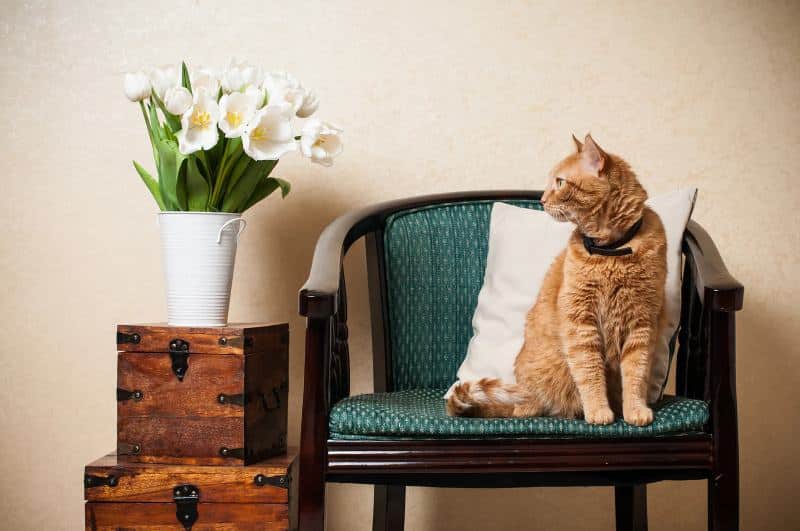
Hill’s Pet provides thorough instructions on how to clean cat urine right, the first time! This will help prevent future staining or the chance your cat will find this spot to mark again. They’ve also included instructions on how to properly clean up the inevitable cat hairball vomit. What a useful bonus! Get the instructions here.
2. Get Rid of Sour Cat Urine Smells
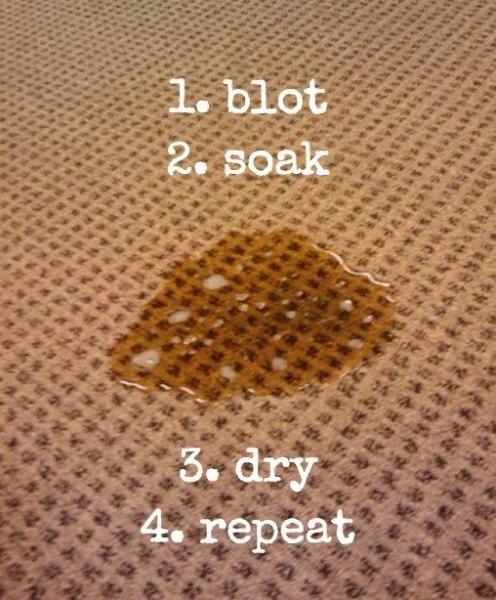
Dengarden offers a few different approaches, depending on where you find the urine stain or smell and whether it’s fresh or was cleaned previously. It mentions how one stain can lead to other pets joining in on the pee party, which we think is pretty clever, though the thought is truly terrifying. Let’s try to avoid that at all costs! Get the instructions here.
3. Remove Cat Urine From Carpet
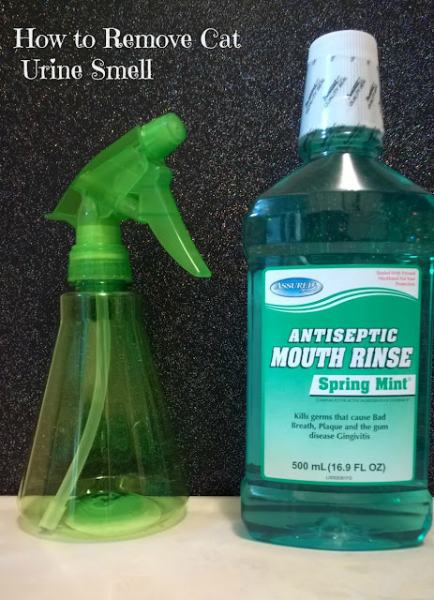
The simple solution offered by this blog will cost you a whopping $2. Although this may only be a temporary fix when you are in a jam, this combined with a long-term solution provides your room and the area with a freshness you might not otherwise get from the other recipes we’ve listed.
4. Get Rid of Cat Pee Smell
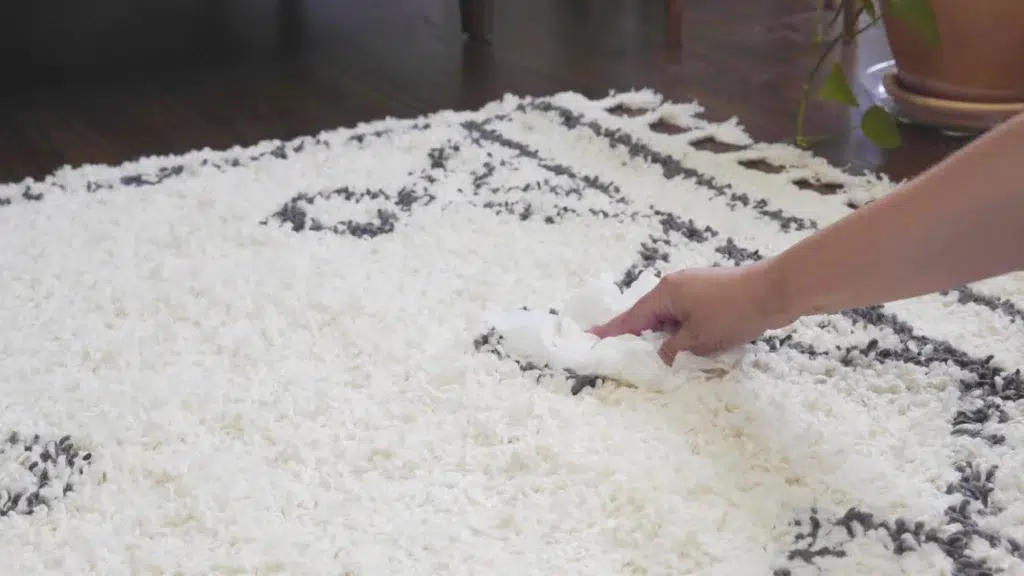
Cat pee is a strong liquid, and it can take a lot of work to get rid of the stain and the stench. You may need to try a few techniques and will probably need to repeat the process a handful of times to get the best results. This guide to getting rid of the cat pee smell encourages blotting wet pee and using a mixture of vinegar and water to neutralize odors and stains.
5. Remove Cat Urine Smell Permanently

Whether your cat is mistakenly peeing outside the litter tray, was caught short while ill, or is a male cat that likes to spray everywhere and everything, the smell is equally offensive. Buying remover from the store typically means spraying some equally offensive chemicals around the house, but this recipe uses peroxide, baking soda, and dish soap—three ingredients that many of us have stashed under the kitchen sink and that regularly feature in homemade cleaning recipes.
6. Make Homemade Cat Urine Cleaner

If you notice your cat peeing on the floor or furniture and act quickly, it may be possible to blot up the offending liquid and take action before it sets into the fabric and becomes more difficult to get rid of. Otherwise, you will likely end up having to use one of the trusted home ingredients to make a homemade cat urine cleaner. It is always good to have peroxide and white vinegar in the home for these emergencies.

Wrapping Up
So the next time your furbaby has an accident, there is no need to panic! Following one of these trusted recipes and set of instructions is guaranteed to have your carpet, clothing or furniture appear as though nothing ever happened! If you found this post to be helpful – please share it with your fellow cat owners. We are positive they will appreciate it during the occasional cat urine emergency.
- Related read: How To Remove Cat Urine Smell From Your Whole House
Featured Image Credit: Ground Picture, Shutterstock

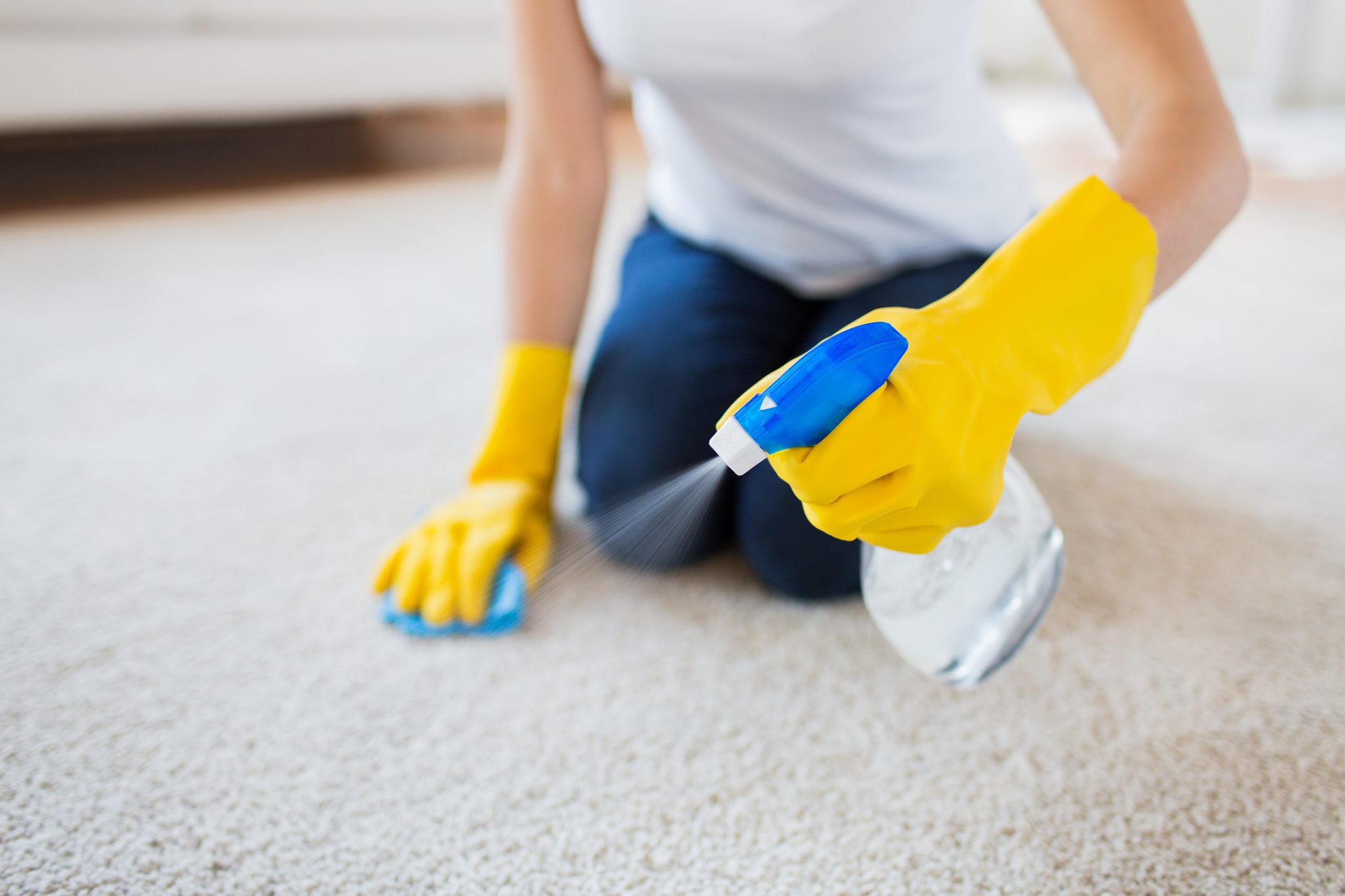



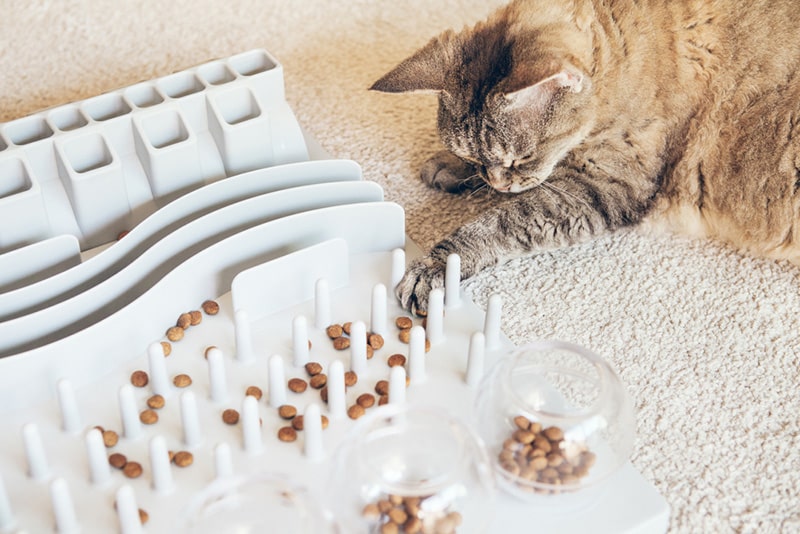



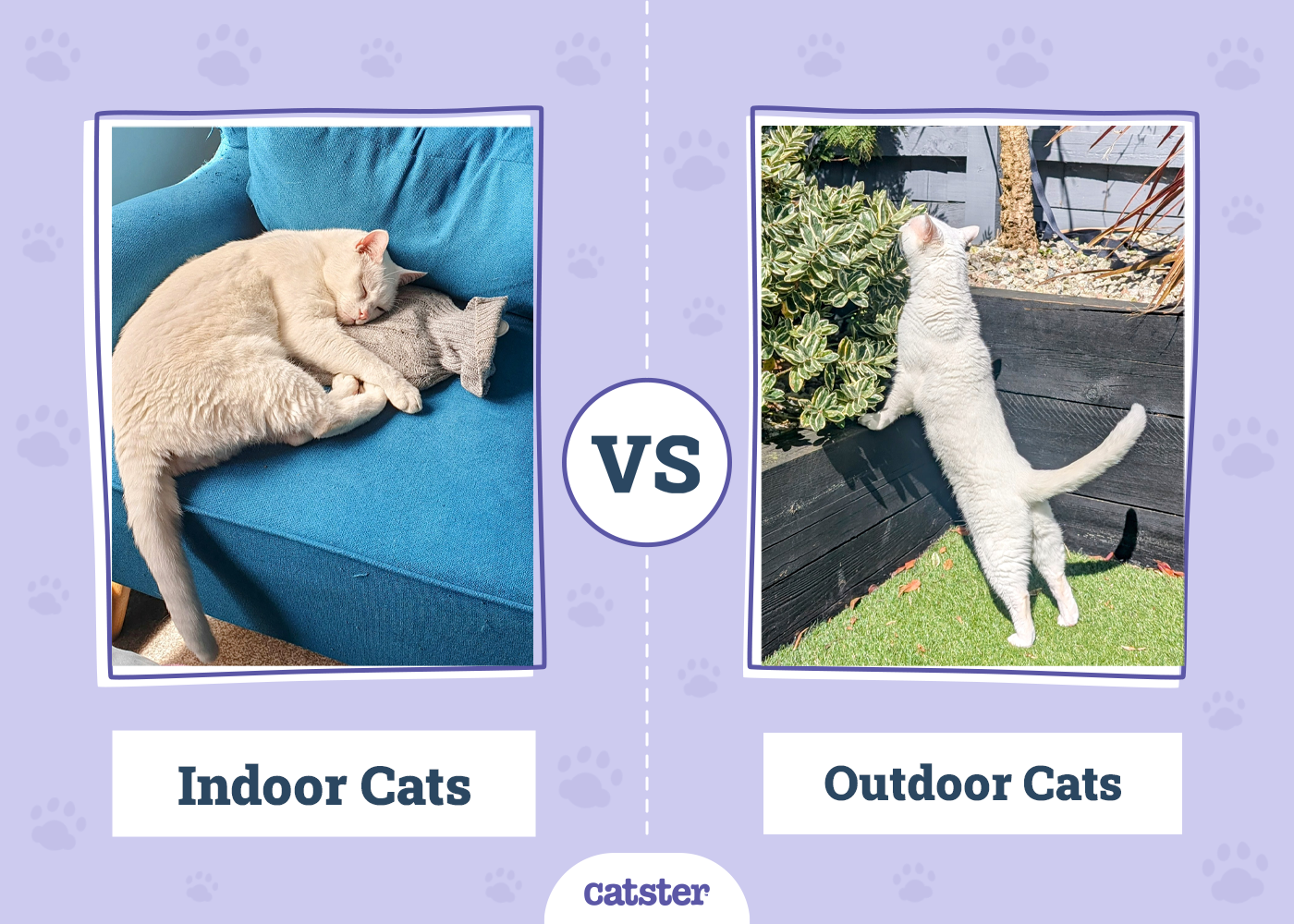

my smell is car a cat got on my hood sprayed windshield now the odor comes thru my vents inside car its awful
Oh gosh, Della, that sounds awful, I'm so sorry. Hopefully one of the DIY options on our list can help! Alternatively, our favorite bioenzymatic cleaner is the Hepper one, found here: https://www.hepper.com/products/hepper-advanced-bio-enzyme-pet-stain-odor-eliminator-spray/ It neutralizes scents and removes them at their source. Hope that helps!